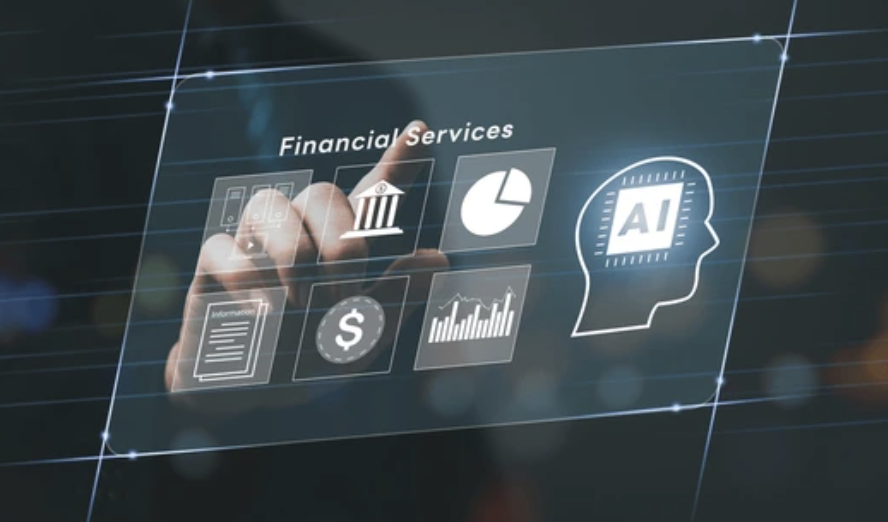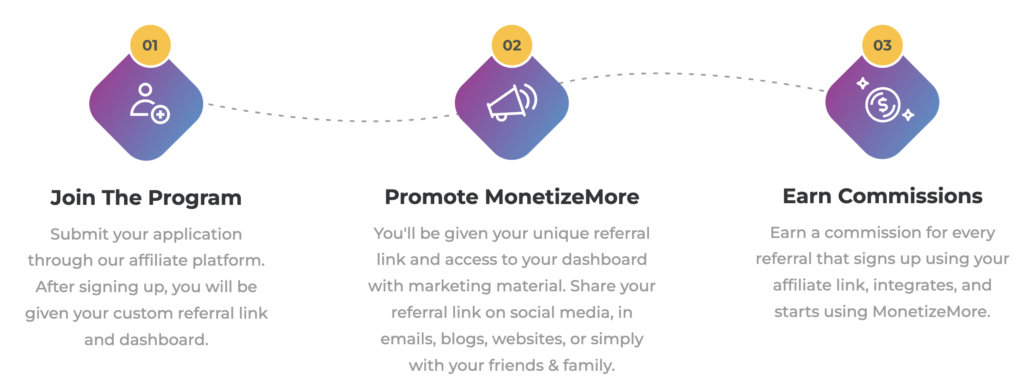Financial technology (Fintech) has changed how people handle and invest money. Due to the growth of mobile technology, Fintech apps are a big part of people’s daily lives. They empower people to manage money on mobile phones, and their transformation comes with enhanced security, convenience, and innovation.
These apps offer users diverse benefits. However, fintech companies must also create ways to earn money through them. Fintech app monetization is crucial for ensuring these campaigns generate cash. Here are different app monetization strategies that fintech companies can use.
Fintech Monetization Strategies
A fintech monetization strategy is an approach through which fintech brands can use their apps to make money. This strategy helps the brands grow fast and stay profitable, improving customer service delivery.
Financial companies constitute banks, insurers, credit unions, brokerage firms, and more. These companies are important in driving national economies forward. Fintech companies provide custom fintech software solutions to these institutions. They tailor the software to provide unique features and functionalities. Software development for fintech involves personalization, scalability, and security. They create tailor-made apps and add a variety of security layers.
Financial sector brands can order a variety of applications from fintech developers. These include payment gateways, banking apps, and lending platforms. Collaborate with brands that provide customizable development. The apps should allow smooth integration with your existing platform or network.
The fintech companies reinvest part of their income in growth. They use it for scaling and further app development. The brands must choose the perfect monetization model. They should adopt multiple revenue streams. The different strategies these brands can use to monetize apps include the following:

1-Data monetization
Data monetization is one viable way to monetize an app. Fintech companies collect large data volumes daily, including financial information, transactions, and income. The sector uses the data to gain customer insights and assess risks, helping it see investment opportunities and regulatory compliance.
The banking sector, researchers, and advertisers value such data. Fintech brands can group this information and make it anonymous. They can sell it to brands that want to understand the market. It can also help third-party companies view new market trends and customer behavior.
2-App Monetization through Subscriptions
Subscriptions are an easy way to monetize apps in the fintech sector. Charge a monthly, biannual, or annual access fee. Add useful advanced features exclusive to subscribers. You can target busy people seeking these solutions. Subscription apps should offer advanced solutions like personalized financial advice.
You may provide financial analysis and advanced investment tools too. You can also adopt the freemium model. This method lets customers use the free model but pay for advanced features. Another strategy is to offer different subscription levels. You can include the basic, premium, and enterprise modes.
3-Loan Services Mobile App Monetization
People look for platforms that provide loans all the time. They apply for loans to meet their basic and secondary needs. People will embrace any service offering loans at a cheaper cost. Your app can earn you money through loan services. This is how you can earn with this.
- Provide peer-to-peer lending. Allow people to use your app to lend money to each other. Charge a fee to the borrower and lender.
- Give personal loans. Lend personal loans and let people pay with installments and interest.
- Loan and origination fees. Charge and origination fees on third-party lenders.
4-Fintech App Development Partnerships & Integrations
Create income streams through strategic collaborations and integrations. You can partner with banks to provide additional services. For example, integrate a partner’s platform with other platforms. Share the profits earned for sustenance.
Create a profit-sharing agreement with the institution. You can also partner with technology companies to improve their apps. You may add new features to the app or scale it. For example, you may add tax filing features if it is an accounting application.
5-Charge Transaction Fees for Facilitating Payments
Companies might use your apps to facilitate payments during transfers and trades. This can be an effective method of generating continuous income. For example, payment apps like PayPal charge transaction fees for every transfer, and trading apps also charge fees for all purchases customers make.
6-Use an In-App Ad Monetization Strategy
In-app ads are a viable monetization method that fintech brands can use. This is because these brands have large pools of users. The platforms are also used 24/7 which makes them viable for ads. Here are different strategies to create income streams through ads.
- Targeted ads. Use data to learn user behavior and display targeted ads to them. This can boost sales and provide enhanced revenue to the fintech brand.
- Provide display advertisements. Display ads/banners within the app’s UI. You may target them to specific brands, users, or regions.
- Block ads. Some users might want services to help them block ads. Provide these services at a fee.
- Video advertising. Display short video ads during loading screens. These ads increase engagement and action.
7-Adopt a Fintech Mobile App Development Monetization Model
You can make money by developing fintech apps for other companies. This can happen while making money with the apps you have implemented. This monetization approach requires careful strategy. Do research to identify the right niche and the pain points in that niche.
Approach your target market through different marketing methods. Your fintech apps can be marketing platforms. Build trust and use attractive hooks to gain customers. Understand what the customer wants and design the app for them.
8-Affiliate Marketing

High-ticket affiliate marketing is an excellent opportunity to earn extra income from fintech apps. Approach third-party brands to promote their products. Use multiple approaches to make this work. One of the approaches is referral programs. Refer users to buy products or sign up for services and earn commissions.
You can also do content marketing by creating quality content for brands. Add links to the content to direct visitors to the targeted websites. Another approach is product recommendations. Use data to learn customer shopping behavior online. Recommend specific products to them.
9-Provide Crowdfunding and Investment Services
Create a platform to help people raise money for different goals. They can raise money for startups, business growth, or social goals. Charge a fee from the total money raised from each crowdfunding activity. The brand can also provide portfolio management services to customers.
These services may include custodial, tax, records, and accounting management. Charge a fee for these automated wealth generation/investment services. Your brand may manage portfolios on behalf of corporations or individuals.
10-Provide Licensing & White Labeling Services
Licensing is a strategy where a fintech brand allows another brand to use its technology. In this arrangement, the third-party company pays a fee to use the intellectual property of the company. White labeling differs from licensing in minimal ways.
In this strategy, the fintech brand allows the other company to label the apps as their own. These are excellent monetization methods that fintech brands can use. They help expand their market and attract another income stream.
Making Money through User-Generated Content?
People post and share content on social platforms to spread fun and engagement. They may post videos, audio, texts, or images. The posted and reposted content often makes certain posts go viral. Fintech publishers can take advantage of UGC to make money.
The brand may integrate ads or offer subscription services to earn income. The content users share reaches out to millions of users. Its impact spreads more as sharing extends across different platforms.
This content is a valuable asset for fintech publishers to make money. People trust UGC and often find it authentic. This content builds strong communities quickly. These communities can be targeted and retargeted through cost-effective UGC strategies.
Conclusion
Fintech app monetization requires a multifaceted approach, encompassing various revenue streams like subscriptions, transaction fees, and in-app purchases. However, partnering with the best ad-tech company can be a game-changer, unlocking a significant revenue potential that often remains untapped.
By leveraging cutting-edge ad formats, precise targeting capabilities, and data-driven optimization, you can enhance user engagement and drive conversions, substantially increasing ad revenue. With the right ad-tech partner, you can seamlessly integrate ads into your app experience without compromising user satisfaction, creating a win-win situation for your business and your users.
source https://www.monetizemore.com/blog/monetizing-fintech-mobile-apps/



0 Comments